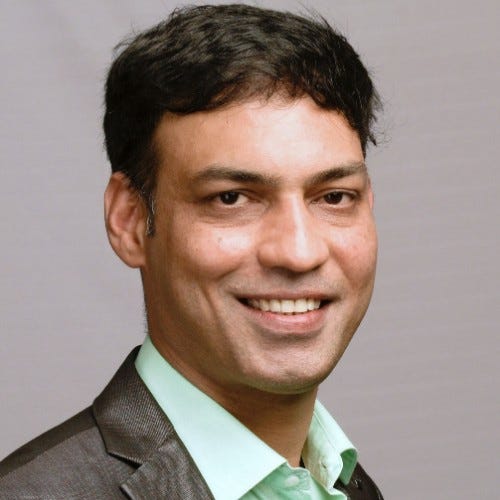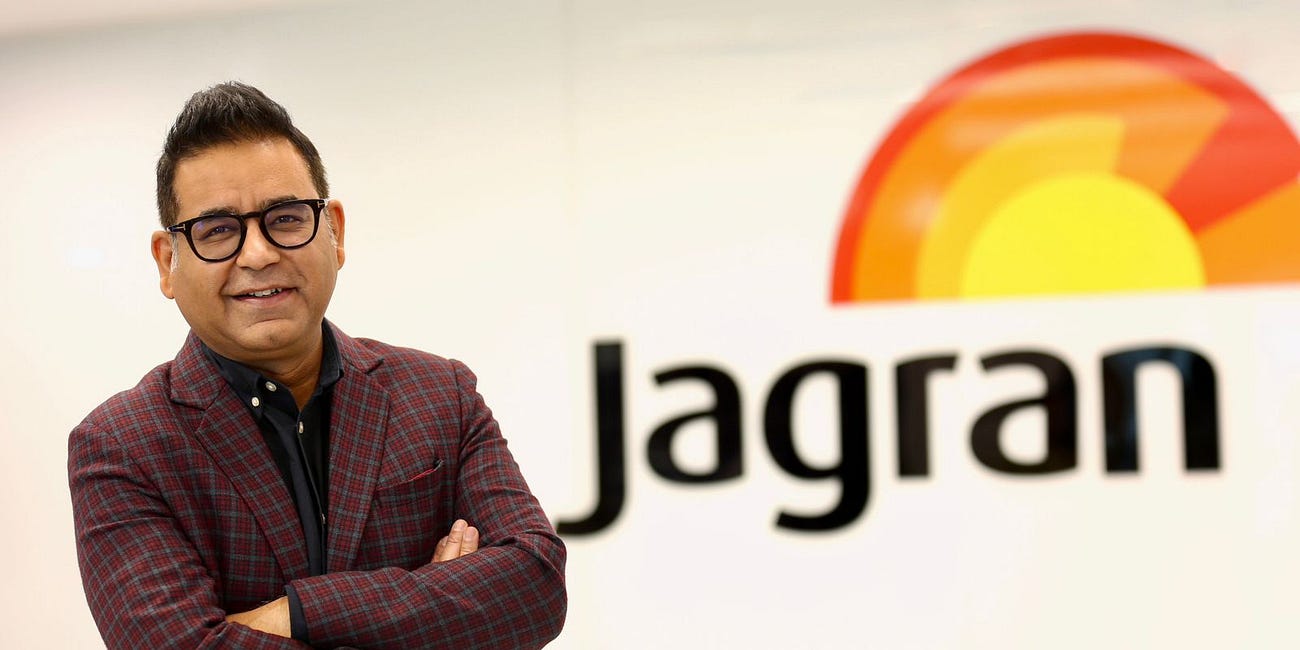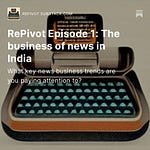On Episode 6 of RePivot, a show focused on the business of news in India, Ramanathan S and Rohan Venkat speak with Jaya Oberoi, who currently runs digital content distribution for German broadcaster Deutsche Welle in India and Sri Lanka. Before moving to a foreign publisher, Oberoi spent many years in the Indian news media, focusing on the advertising side of businesses.
Oberoi worked at Mail Today, the newspaper from the India Today Group, managed business in the West region for magazines like Harper’s Bazaar and Women’s Health and then moved to the broadcast world, playing key sales roles at channels like National Geographic and History TV18. In 2014, Oberoi joined Scroll.in as Director of Ad Sales, building out one of the first bespoke brand studios for an Indian newsroom, with a focus on putting together a premium “offering of display, content and video ads”. This included unconventional formats and the desire to draw in high-profile brands, as a marked difference from what usually turns up in programmatic advertising.
For the uninitiated, brand studios are similar to having a marketing or advertising agency built within publications, to offer clients a more specialised and premium service. This output has come to be known as branded content, sponsored content or sometimes native advertising — ‘native’ because it refers to formats that mirror news content across digital platforms. This is in contrast to banner ads that are ubiquitous online that often become blind spots for digital users. With roots in magazine advertising departments over the course of the 20th century, the early digital brand studios emerged at publications like Buzzfeed and Vice, although today legacy publications like the New York Times and Reuters now have large in-house brand studios too.
Despite the current ubiquity of brand studios at major news publications, they are not seen as the sole answer to ad/brand revenue. Buzzfeed, for example, after famously being anti-programmatic ads, ended up embracing them in 2017. And much of the news publishing industry now looks to reader revenue (digital subscriptions) in conjunction with advertising for a well-balanced revenue pie.
On our last episode, Ritu Kumar of the the Quint, which also built out a brand studio early on in India, doubled down on the company’s desire to remain focused on branded content and advertising rather than other approaches.
Why the Quint is staying the course on advertising revenue, with Ritu Kapur
On Episode 5 of RePivot, a show focused on the business of news in India, Rohan Venkat and Jayant Sriram speak with Ritu Kapur, co-founder and CEO of The Quint, an award-winning digital news organisation that has carved out a unique voice in India’s media space.
Over the course of our conversation with Oberoi, we spoke about:
What it took to build out an ad sales team and a brand studio at Scroll.in, at a time when publications in India were still just beginning to think about digital business models and when clients had to be convinced to experiment with online news brands and new formats.
The thought process behind some of the unique advertising formats that Oberoi helped build at Scroll.in, how they can better reach the audience and what it takes to sell advertising inventory that isn’t standard to clients.
How Oberoi thinks about the endless search for ‘reach’ among news publications, and how brands actually respond to those metrics, as well as the ‘premium’ pitch preferred by many news brands.
Which other organisations in India Oberoi thinks is doing a good job of building out their branded content offerings, and how she sees the business developing over the next few years.
The big trust question – what does it mean for news publications to be working in the space of branded content and native advertising. How Oberoi would like to see teams on the news and business side working more cohesively. Does unscrupulous branded content poses a risk to the news business overall?
Listen to the episode for more insights on branded content, brand studios and advertising in Indian news media. If you have suggestions for who we should feature on the podcast or feedback, please share your thoughts in the comments below or write to us at repivot@substack.com.
And if you missed other previous episodes, check them out below:
Subscription challenges and the digital transformation of 'The Hindu' with LV Navaneeth
By Jayant Sriram and Ramanathan S On Episode 4 of the RePivot Podcast, a show focused on the business of news in India, Jayant Sriram and Ramanathan S speak to LV Navaneeth, CEO of THG Publishing Private Ltd, publishers of The Hindu, Business Line, Frontline
'Super-alliances' and the fate of independent news in India with The News Minute's Vignesh Vellore
By Rohan Venkat On Episode 3 of the RePivot Podcast, a show focused on the business of news in India, Jayant Sriram and Nikhil Kanekal speak to Vignesh Vellore, founder and CEO of The News Minute, an award-winning digital-only news publication that has carved out a sharp South India-focused brand since its launch in…
The state of digital advertising with Jagran New Media's Gaurav Arora
This episode of RePivot features a conversation between Gaurav Arora, Chief Operating Officer at Jagran New Media and Ramanathan S, a media consultant and RePivot member. Rohan Venkat plays host, probing our guests on the topics of digital advertising and the journey of a regional publisher to try and attain financial sustainability in the digital realm…
















